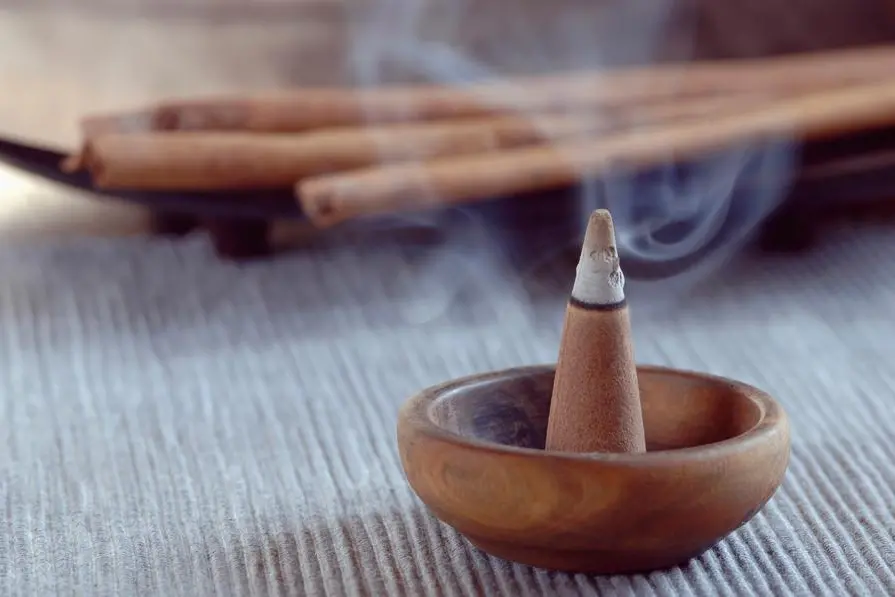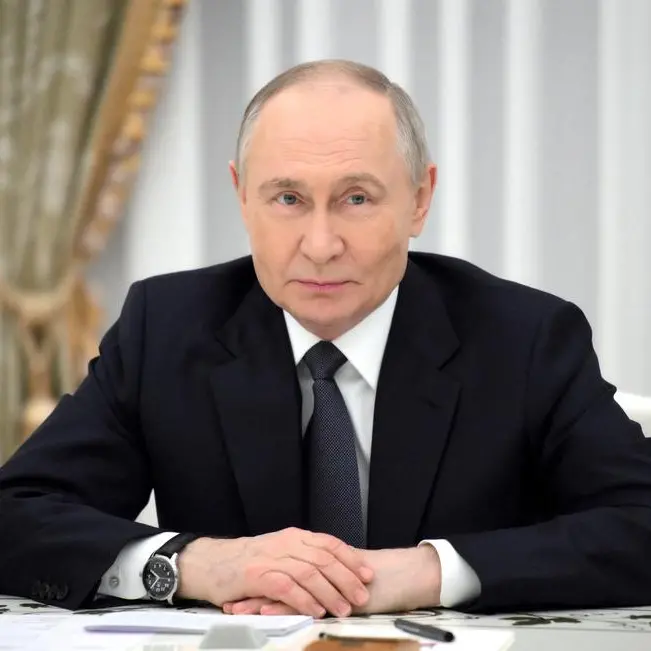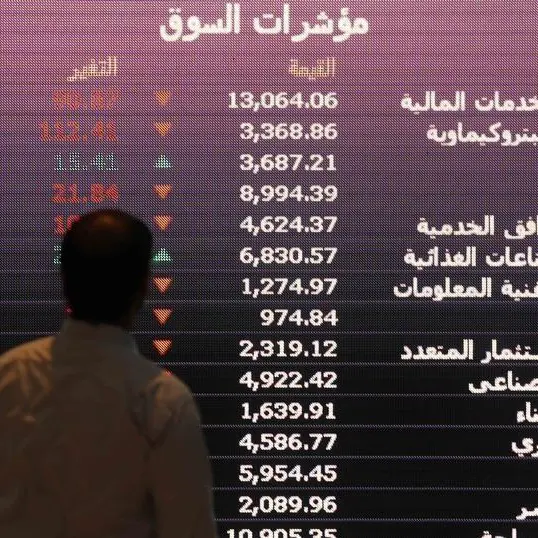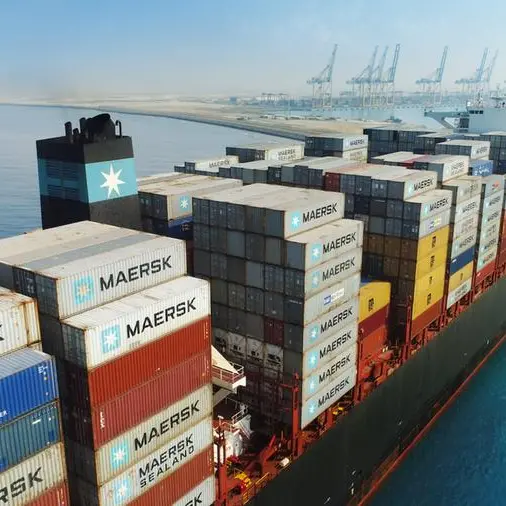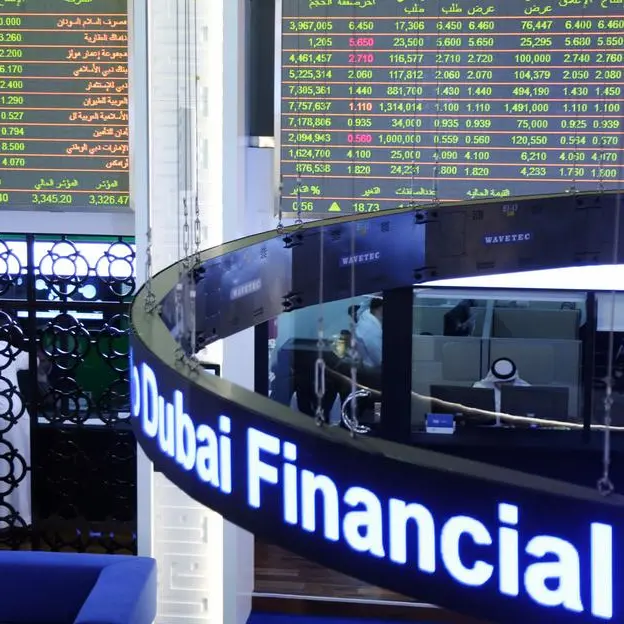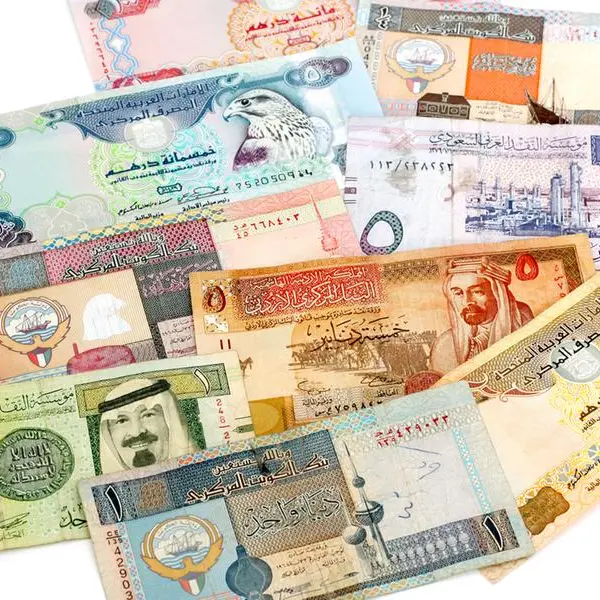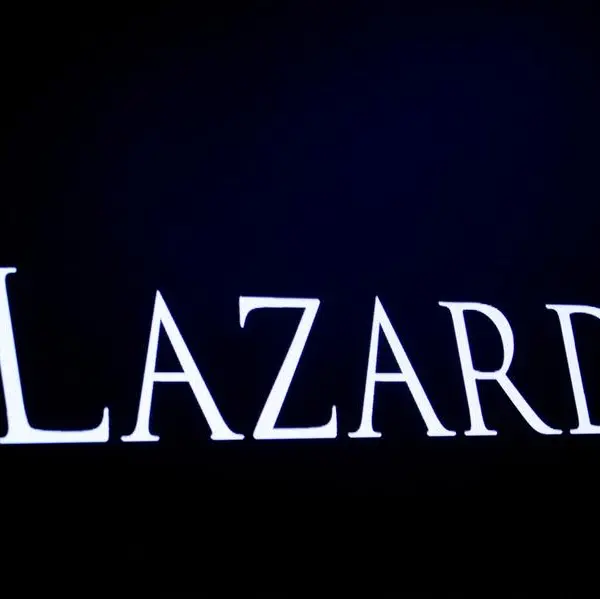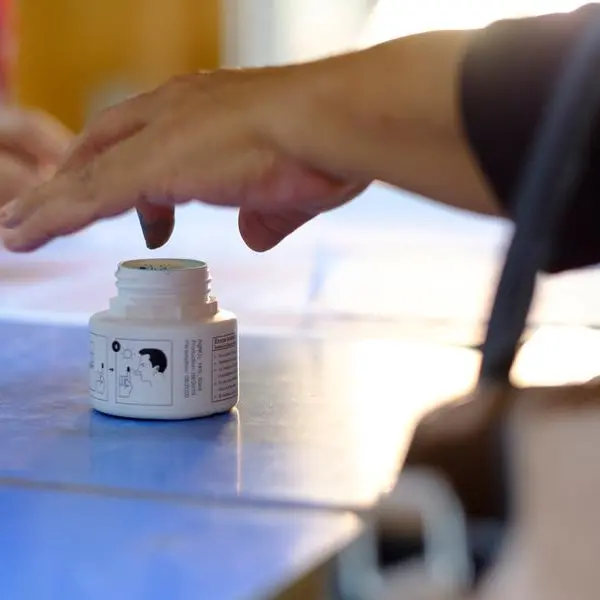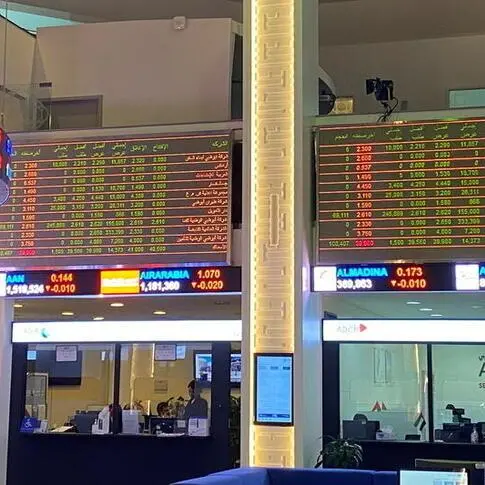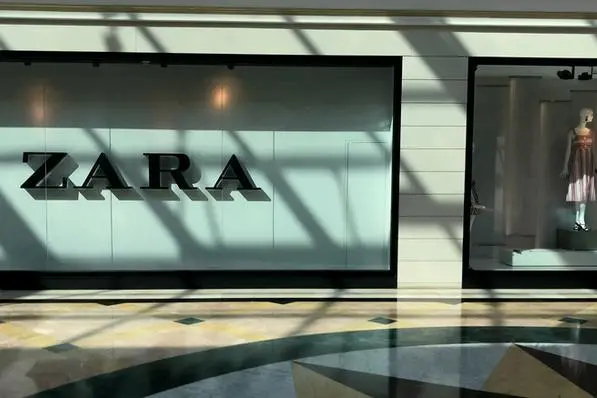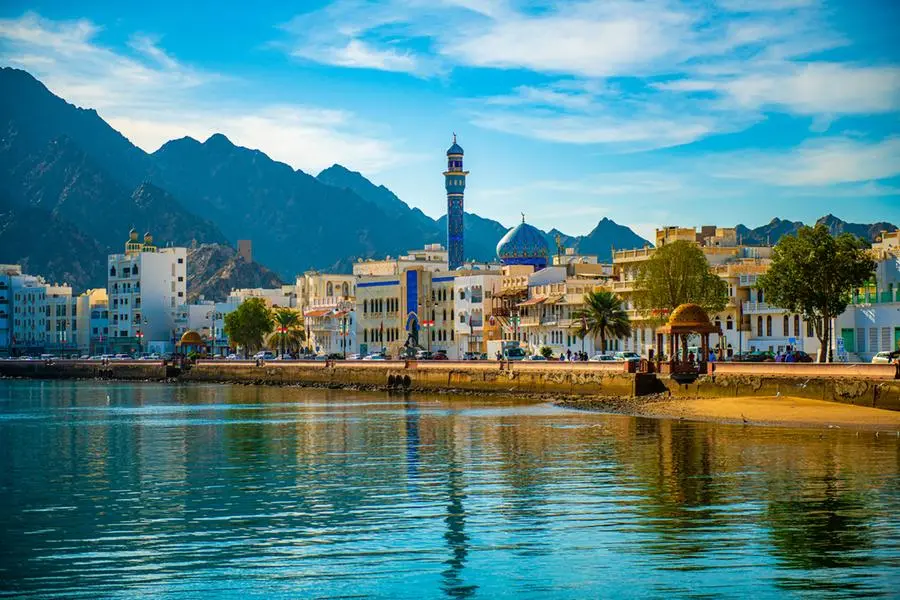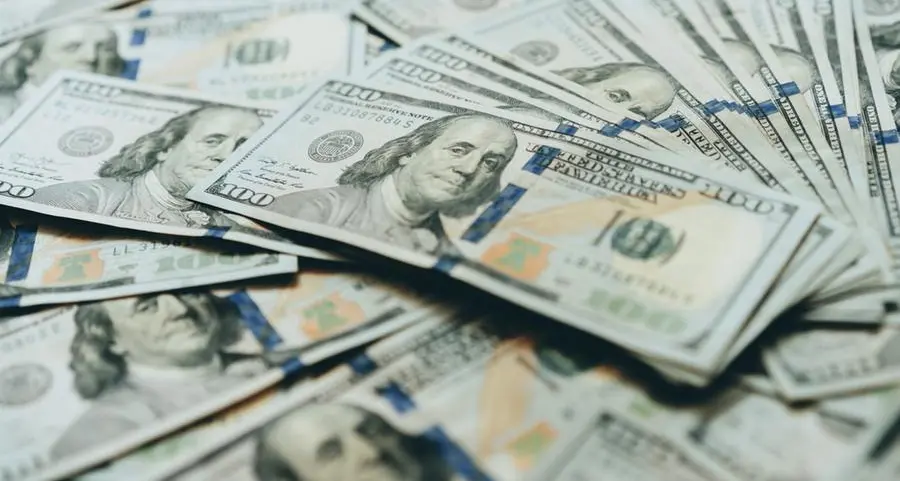PHOTO
Image used for illustrative purpose. Getty Images
Muscat: The National Centre for Statistics and Information revealed that the frankincense export from the Sultanate of Oman reached RO 239,100, an increase of 148 per cent, in 2021 compared to the year 2020.
If we go back to the history of frankincense in the Sultanate of Oman, the Omani frankincense has been one of the most important exports of Oman to the world.
Frankincense was traditionally harvested by making small cuts in the bark of the frankincense tree. The liquid of this tree appears and turns into a white sticky substance that was then collected and stored in caves for drying. After drying, it was sent to Khor Rori and the country’s port for export to India or to Egypt and Palestine on camels in caravans that cross overland roads.
It can be better exploited in the future to be an important economic resource that can be relied upon by enacting laws and preparing new legislation to preserve frankincense trees. From this point, the government’s efforts to protect the frankincense trees continued. Like, the Wadi Dawka Protectorate was established, which contains large numbers of frankincense trees planted in the reserve, along with perennial natural trees. The importance of Wadi Dawka as a site included in the World Cultural and Natural Heritage List as one of the sites of the Land of Frankincense on the Northern Hills for the Dhofar mountain range, where the reserve includes a suitable environment for the growth of frankincense trees.
The approximate production rate of the frankincense tree is approximately 3 to 4 kilograms, and the volume of production in some trees may reach 8 kilograms, as the frankincense trees bloom annually from the end of March until June of each year. Frankincense has many benefits and is used in the ingredients of medicines, perfumes, cosmetic industries, oils and powders, in addition to daily life, social and religious occasions, as well as the incense industry for which the Sultanate of Oman is famous.
Ahmed bin Amer al Awaed, a researcher in the field of Omani frankincense, said that some results related to Omani frankincense research were able to identify 98 chemical compounds, including a very important substance used in the treatment of some types of cancer, such as colon, stomach, blood and pancreatic cancer.
Several studies have shown the superiority of Omani frankincense, whose trees are spread in different areas of the Dhofar Governorate, in terms of the amount of effective natural biological materials it contains, compared to other types of frankincense trees in the world. But what exactly is the reason why frankincense production in Dhofar is the highest quality? A ‘Memorandum Concerning the Province of Dhofar in Southern Arabia’ was written in 1943 by a British official named G N Jackson, in which Jackson described the influence of Dhofar’s topography and moisture distribution on the quality of frankincense resin.
Frankincense is classified into four different types in terms of quality according to geographical and climatic distribution, where it is indicated that the pure white colour of frankincense tinged with green is considered the best frankincense of all and is produced from the dry eastern wadis in the governorate. Then comes the “Najdi” frankincense in second place and it is produced from the Najdi limestone wadis that flow to the north and descend from the Dhofar mountain range, which extends from east to west. In the third place in terms of quality comes the “Shazari” frankincense, which is harvested from the dry western wadis located to the south of the Najd Wadis, while the “popular” frankincense comes in the fourth place and is produced from frankincense trees that spread in the wadis and plains affected by high humidity and seasonal rains. The most productive species is characterised by the abundance of oil extracted from it.
Many higher education institutions in Oman and abroad are conducting scientific research related to the frankincense tree because of its cosmetic and medical benefits.
Afrah Al Balushi
